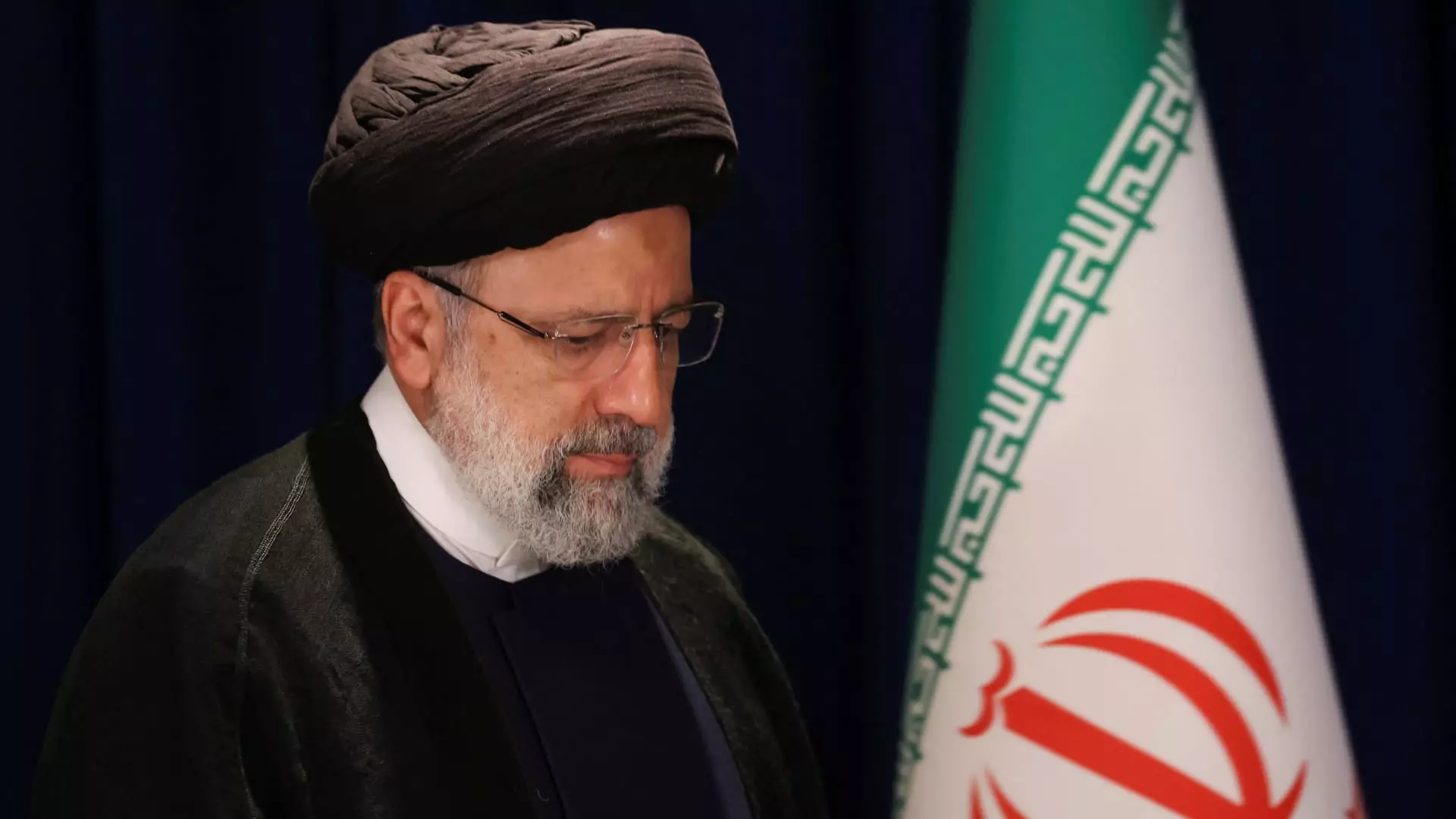The recent helicopter crash involving Iranian President Ebrahim Raisi has shocked the nation, with conflicting reports and uncertain conditions surrounding the incident. State media reported that the helicopter suffered a “crash landing” with Raisi on board, and his condition remains unclear. The harsh weather and heavy fog in the area have complicated rescue efforts, with at least 40 teams deployed including drones and search dogs. Eight ambulances were dispatched to the crash site, but fog was preventing air rescue, making it difficult for the teams to reach the location. It is a race against time to provide assistance to those involved in the crash.
Initially, reports placed the crash near the city of Jolfa, but later sources indicated that it was farther east near the village of Uzi. The exact details of the incident remain contradictory, adding to the confusion and anxiety surrounding the situation. Azerbaijan’s President Ilham Aliyev expressed readiness to offer any assistance needed, showing solidarity in the face of tragedy. The Iranian Red Crescent, which the helicopter belonged to, is at the forefront of rescue efforts, navigating through dense fog and limited visibility in a rural forest where the crash is believed to have occurred. The lack of clarity on Raisi’s condition has triggered a wave of prayers and concern among Iranians.
President Ebrahim Raisi, elected in 2021, is a polarizing figure due to his past involvement in the mass execution of political prisoners in 1988. Under U.S. sanctions, Raisi faces scrutiny for his hard-line stance and connection to Iran’s Supreme Leader Ayatollah Ali Khamenei. Despite leading the government, Raisi remains subordinate to Khamenei, who plays a pivotal role in the country’s leadership structure. In the event of Raisi’s incapacitation or demise, first Vice President Mohammad Mokhber is poised to assume the presidency, setting in motion a series of political transitions.
Amidst the tragic crash, Iran’s geopolitical significance comes into focus, especially in light of its uranium enrichment activities and support for proxy groups in the Middle East. Raisi’s administration has been marked by heightened tensions with the international community, as Iran’s actions in conflicts such as the Ukraine-Russia war and the Israel-Hamas clash have raised alarms globally. The implications of Iran’s foreign policy choices resonate beyond its borders, impacting regional stability and security.
The helicopter crash involving President Raisi underscores the fragility of political leadership and the uncertainties inherent in high-stakes diplomatic engagements. As rescue efforts continue and details emerge, the incident serves as a stark reminder of the risks and responsibilities associated with public office. The aftermath of the crash will likely reverberate in Iran’s domestic politics and international relations, shaping the trajectory of the country’s future.


Leave a Reply